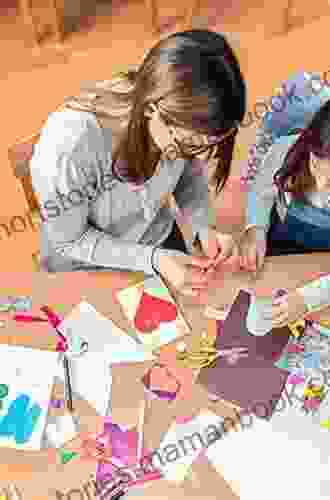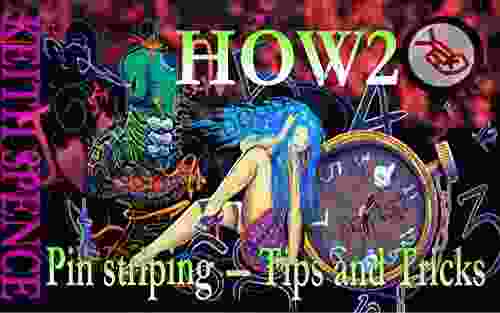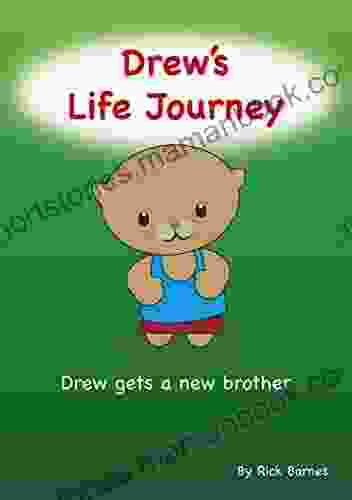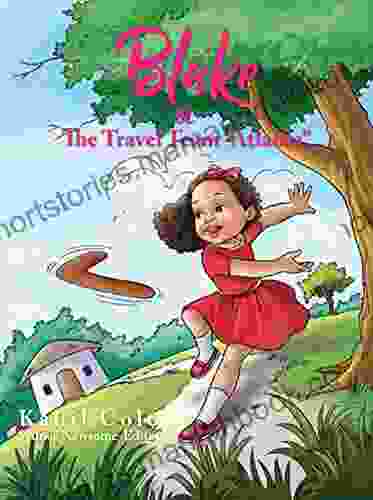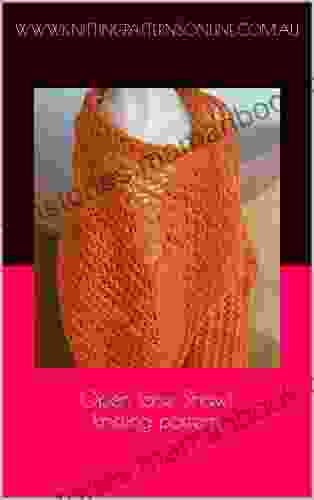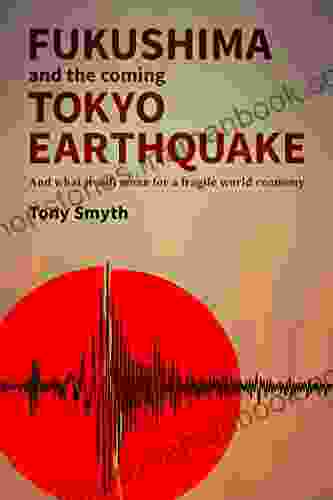A Comprehensive Guide to Understanding Why, When, and How Children Make Art

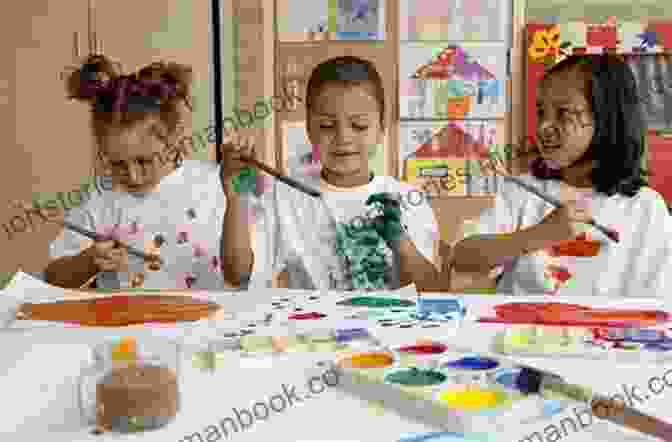
Art plays a crucial role in children's development. From scribbling to painting and sculpting, children engage in artistic activities for various reasons that evolve as they grow. This article explores the why, when, and how of children's art, providing insights into the developmental benefits and strategies to foster their creativity.
4 out of 5
| Language | : | English |
| File size | : | 11969 KB |
| Text-to-Speech | : | Enabled |
| Enhanced typesetting | : | Enabled |
| Word Wise | : | Enabled |
| Screen Reader | : | Supported |
| Print length | : | 186 pages |
Why Do Children Make Art?
- Self-Expression: Art allows children to express their thoughts, feelings, and experiences in a non-verbal way.
- Communication: Through art, children communicate their perspectives and interpretations of the world around them.
- Cognitive Development: Art stimulates cognitive skills such as problem-solving, decision-making, and spatial reasoning.
- Fine Motor Skills: Holding pencils, brushes, and other art materials helps develop fine motor coordination.
- Sensory Exploration: Art provides opportunities for children to explore sensory experiences through different textures, colors, and shapes.
When Do Children Start Making Art?
Children typically begin making art around the age of 18-24 months, following a series of developmental milestones:
- Doodling (18-24 months): Random marks and scribbles that represent the first attempts at drawing.
- Pre-Schematic (2-3 years): Basic shapes like circles and lines appear, often representing images from the child's imagination.
- Schematic (3-6 years): Children draw recognizable symbols to represent objects or figures, such as stick figures, houses, and trees.
- Realism (6+ years): Art becomes more detailed and represents the world as children perceive it, with attention to perspective and realism.
How to Foster Creativity in Children's Art
- Provide a Safe and Encouraging Environment: Create a space where children feel comfortable making mistakes and exploring their creativity without judgment.
- Offer a Variety of Art Materials: Provide a wide range of materials such as pencils, crayons, markers, paints, clay, and construction paper to stimulate different artistic techniques.
- Expose Children to Art: Take them to art exhibitions, libraries, and workshops to inspire their imagination and broaden their perspectives.
- Encourage Observation: Encourage children to observe the world around them, paying attention to details, colors, and textures that they can incorporate into their art.
- Avoid Comparing and Criticizing: Focus on praising effort and encouraging children to appreciate their own unique creations.
Benefits of Children's Art
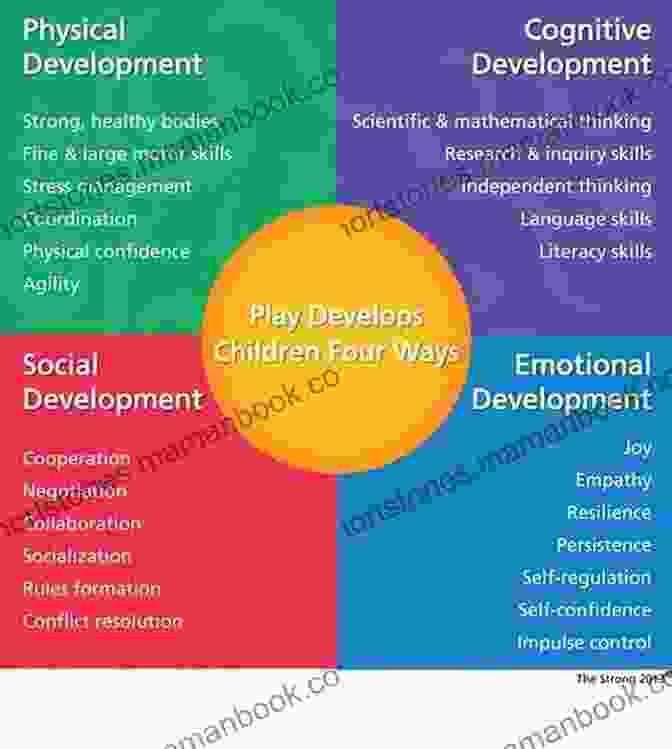
- Improved Hand-Eye Coordination and Fine Motor Skills: Holding and using art materials enhances motor coordination.
- Enhanced Spatial Reasoning: Creating art requires children to manipulate shapes, colors, and compositions, developing spatial reasoning abilities.
- Problem-Solving and Decision-Making: Art involves experimentation, decision-making, and problem-solving, fostering critical thinking skills.
- Self-Expression and Communication: Art provides an outlet for children to express their thoughts and emotions, promoting self-awareness and communication skills.
- Creativity and Imagination: Art encourages children to explore their imaginations, fostering creativity and innovation.
- Social and Emotional Development: Collaborative art projects promote cooperation, communication, and empathy.
- Stress Relief and Emotional Regulation: Engaging in art activities can reduce stress and provide a calming effect.
Tips for Parents and Educators
- Follow the Child's Lead: Observe the child's interests and preferences and provide art activities that align with them.
- Allow for Independent Exploration: Give children ample time to explore and create without excessive direction or interference.
- Celebrate and Share: Display children's artwork and encourage them to share their creations with others, fostering pride and a sense of accomplishment.
- Incorporate Art into Other Activities: Integrate art into daily routines, such as storytelling, music, and science experiments.
- Seek Professional Help if Needed: If a child shows extreme reluctance or difficulty engaging in art, consider seeking professional guidance from developmental specialists or art therapists.
Children's art is a window into their minds and hearts. By understanding the reasons why, when, and how children make art, we can support their creative expression and reap its numerous developmental benefits. By fostering a positive and encouraging environment, providing a variety of art materials, and celebrating children's unique creations, we empower them to explore their imaginations, develop essential skills, and express themselves confidently.
4 out of 5
| Language | : | English |
| File size | : | 11969 KB |
| Text-to-Speech | : | Enabled |
| Enhanced typesetting | : | Enabled |
| Word Wise | : | Enabled |
| Screen Reader | : | Supported |
| Print length | : | 186 pages |
Do you want to contribute by writing guest posts on this blog?
Please contact us and send us a resume of previous articles that you have written.
 Top Book
Top Book Novel
Novel Fiction
Fiction Nonfiction
Nonfiction Literature
Literature Paperback
Paperback Hardcover
Hardcover E-book
E-book Audiobook
Audiobook Bestseller
Bestseller Classic
Classic Mystery
Mystery Thriller
Thriller Romance
Romance Fantasy
Fantasy Science Fiction
Science Fiction Biography
Biography Memoir
Memoir Autobiography
Autobiography Poetry
Poetry Drama
Drama Historical Fiction
Historical Fiction Self-help
Self-help Young Adult
Young Adult Childrens Books
Childrens Books Graphic Novel
Graphic Novel Anthology
Anthology Series
Series Encyclopedia
Encyclopedia Reference
Reference Guidebook
Guidebook Textbook
Textbook Workbook
Workbook Journal
Journal Diary
Diary Manuscript
Manuscript Folio
Folio Pulp Fiction
Pulp Fiction Short Stories
Short Stories Fairy Tales
Fairy Tales Fables
Fables Mythology
Mythology Philosophy
Philosophy Religion
Religion Spirituality
Spirituality Essays
Essays Critique
Critique Commentary
Commentary Glossary
Glossary Bibliography
Bibliography Index
Index Table of Contents
Table of Contents Preface
Preface Introduction
Introduction Foreword
Foreword Afterword
Afterword Appendices
Appendices Annotations
Annotations Footnotes
Footnotes Epilogue
Epilogue Prologue
Prologue Jeff Bowles
Jeff Bowles Charles Dancla
Charles Dancla Akira Toriyama
Akira Toriyama Henry Kissinger
Henry Kissinger Charles Sugden
Charles Sugden Sappho
Sappho Heng Ou
Heng Ou Philip C Kolin
Philip C Kolin Senith Mathews
Senith Mathews Chandra Priya
Chandra Priya Campbell Mcgrath
Campbell Mcgrath W B Yeats
W B Yeats Kate Courtright
Kate Courtright Ian Morris
Ian Morris Michael Boyle
Michael Boyle Linda Boulanger
Linda Boulanger E G Foley
E G Foley Ken Jelinek
Ken Jelinek Garrett B Gunderson
Garrett B Gunderson Elizabeth Ann Scarborough
Elizabeth Ann Scarborough
Light bulbAdvertise smarter! Our strategic ad space ensures maximum exposure. Reserve your spot today!
 Walt WhitmanFollow ·3.2k
Walt WhitmanFollow ·3.2k Gage HayesFollow ·6.6k
Gage HayesFollow ·6.6k Marcel ProustFollow ·16.4k
Marcel ProustFollow ·16.4k Adrien BlairFollow ·2.8k
Adrien BlairFollow ·2.8k Eugene PowellFollow ·19.8k
Eugene PowellFollow ·19.8k Garrett BellFollow ·8.3k
Garrett BellFollow ·8.3k Reginald CoxFollow ·15.3k
Reginald CoxFollow ·15.3k Allan JamesFollow ·8.6k
Allan JamesFollow ·8.6k
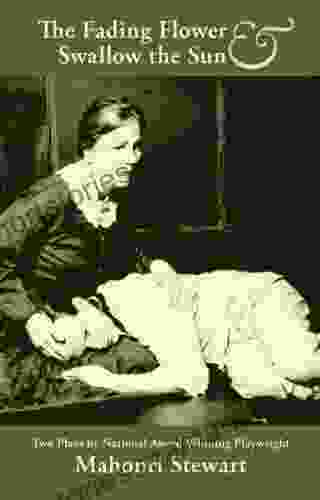
 Bob Cooper
Bob CooperThe Fading Flower and Swallowing the Sun: Unveiling the...
"The Fading Flower and...

 Jesus Mitchell
Jesus MitchellLa Danza by Rossini: A Captivating Work for Flute Quartet
La Danza is a captivating composition for...
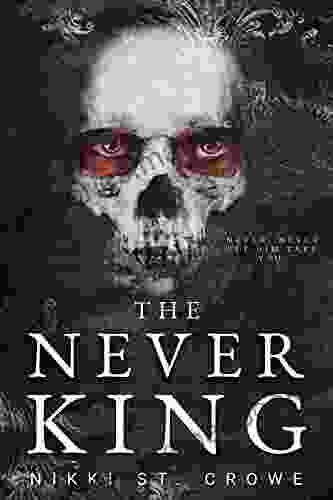
 Ivan Turgenev
Ivan TurgenevThe Never King: Vicious Lost Boys - A Dark and Twisted...
In the realm of Neverland, where shadows dance...
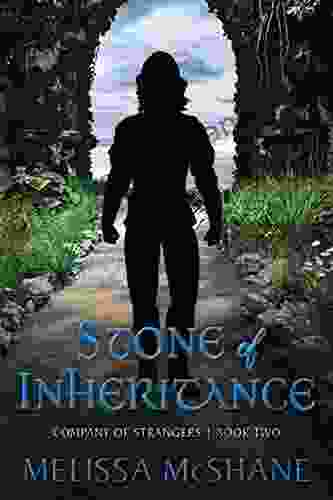
 Herb Simmons
Herb SimmonsThe Stone of Inheritance: Unraveling the Mysteries of a...
A Legacy of Enigmas In the annals of history,...
4 out of 5
| Language | : | English |
| File size | : | 11969 KB |
| Text-to-Speech | : | Enabled |
| Enhanced typesetting | : | Enabled |
| Word Wise | : | Enabled |
| Screen Reader | : | Supported |
| Print length | : | 186 pages |


